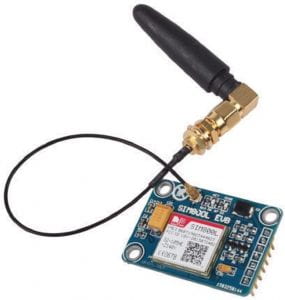How does tracker.Habhub actually work;
Our balloon will be transmitting its location to us during its flight. The better you can track it during the flight, the easier it will be to find and recover your payload when it lands!
On the ground, we will use software to receive and decode the signal from our balloon but it would be laborious to try to plot the location data on a map. we are really lucky in the UK because we have been able to access the Wiki of UK High Altitude Society(“UKHAS”). UKHAS is run by a group of expert volunteers to support high altitude ballooning .UKHAS has also developed and manages a computer service (“Habhub”) and various programs which allow you to upload your balloon telemetry in real time and to then see the information overlaid on a map. You can also see the radio receivers who are tracking your balloon and the location of your chase cars. This amazing system is free to use.
How does this work? In simple terms, (1) the balloon transmits its data to us via a radio transmitter (2) we receive and decode the data (3) we transmit this to the Habhub server (4) we have hub server publishes our data on their “tracker.habhub.org” website
References:
http://community.balloonchallenge.org/t/hab-tracking-methods/669











